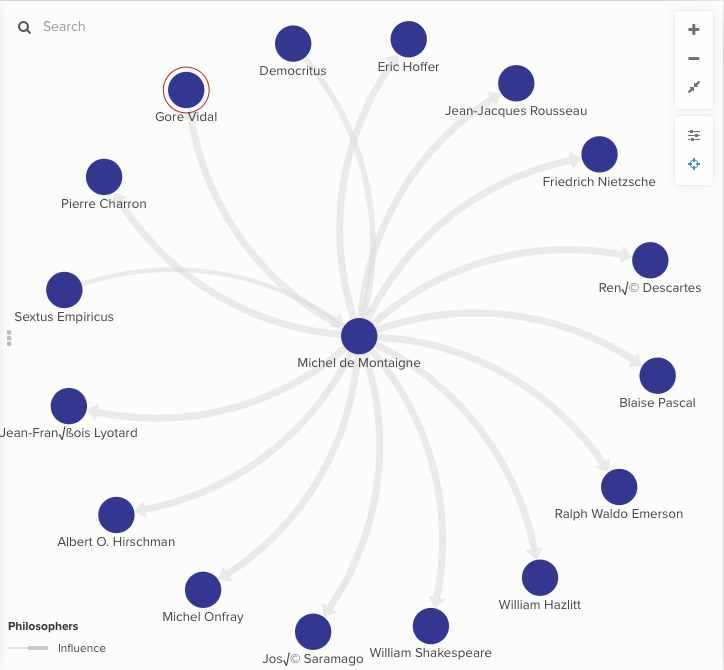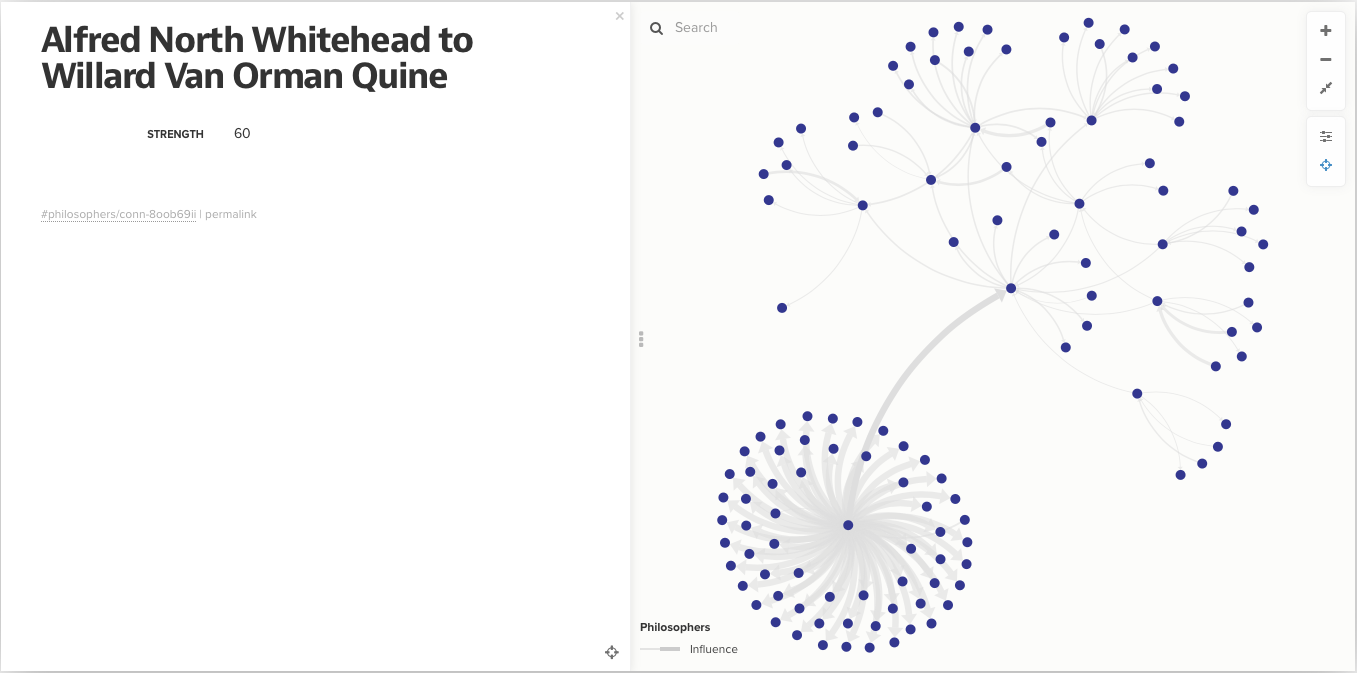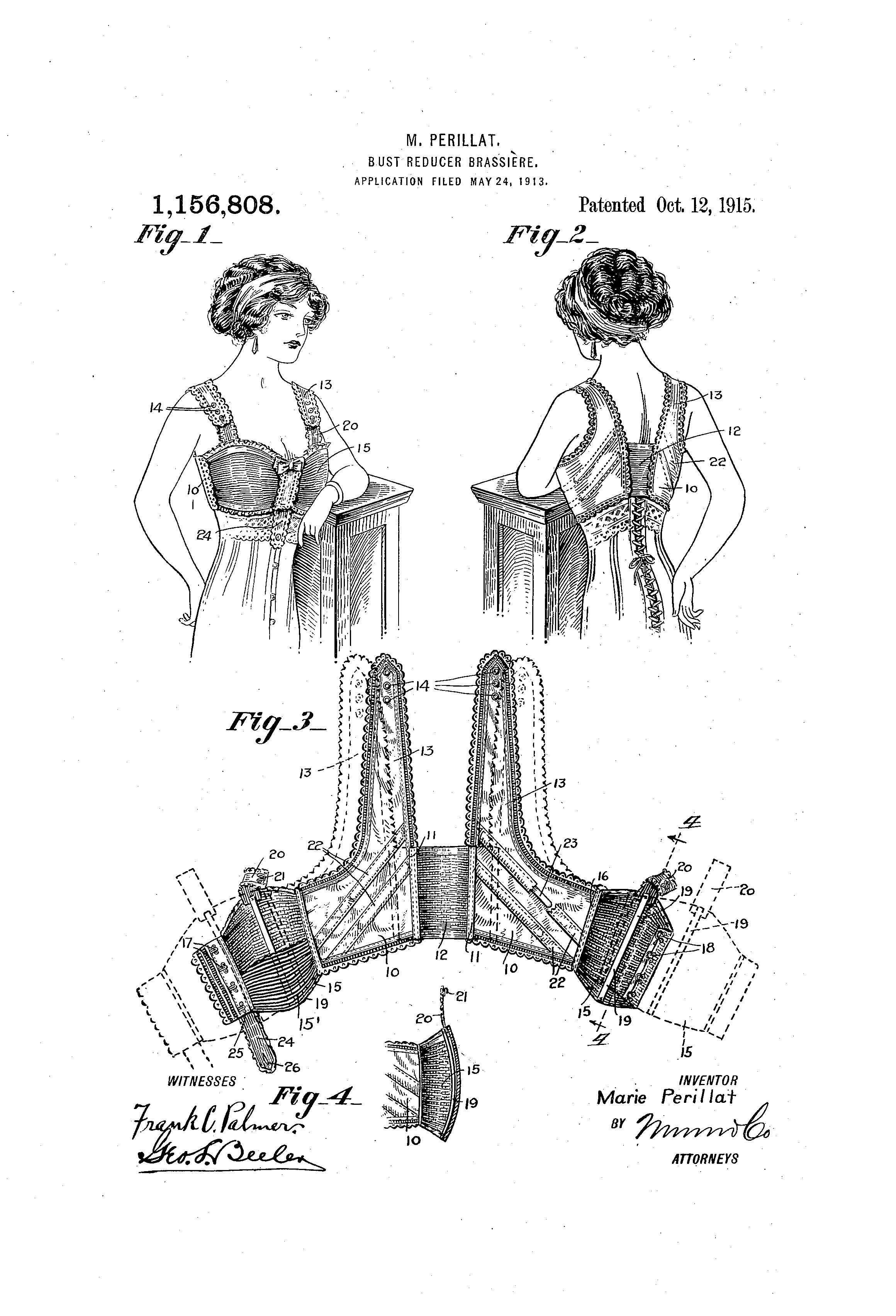[Most Recent Entries] [Calendar View]
Friday, October 20th, 2017
| Time | Event |
| 8:00a | The Films of Christopher Nolan Explored in a Sweeping 4-Hour Video Essay: Memento, The Dark Knight, Interstellar & More
Cameron Beyl does not play by the rules when it comes to video essays. Instead of short, under-10 minute explorations we’ve come to expect from the ever-increasing coterie of YouTube essayists, Beyl, in his Directors Series on Vimeo, devotes hours to exploring the filmographies of some of cinema’s great auteurs. We’ve already introduced you in previous posts to his extended hagiographies of Stanley Kubrick, the Coen Brothers, David Fincher, and Paul Thomas Anderson. Now comes his latest work, a multi-part exploration of Christopher Nolan’s oeuvre, covering his hardscrabble years all the way through his Hollywood blockbusters and ending with Interstellar. (This writer, having thought higher of Dunkirk than his previous works, will just have to wait a few years until the next chapter.) In the video above, Beyl starts off with some prehistory about Christopher and his brother Jonathan, his early years making Super 8 movies, his time spent at University College London, and the very rare first films, “Tarantella” and “Larceny,” the single-gag short “Doodlebug,” and how that crew--including his lead actor Jeremy Theobald and his producer-soon-to-be-wife Emma Thomas--stayed with him through his $6000 debut feature Following and its thematic and stylistic cousin Memento, made for $4.5 million.
Part 2 shows Nolan navigating the studio system. Given a chance by executive producers George Clooney and Steven Soderbergh to remake the Norwegian thriller Insomnia, he indulged in his love of Michael Mann by working with Al Pacino, who plays a character not unlike his role in 1995’s Heat. Then Nolan takes on a moribund comic book franchise and reboots it into Batman Begins, a move that studio execs have since done over and over to rethink various properties with different directors. He ends with a less enthusiastic examination of 2006’s The Prestige.
Part 3 takes on both The Dark Knight and Inception, two huge blockbusters and one that took Nolan into the pantheon of critical and popular acclaim. If undecided on Nolan, Beyl’s obsequious tone might put one off: “Simply put, the late 2000s saw Nolan operating at the height of his powers, locked in sync with the cultural zeitgeist to such a degree that his efforts were actively steering it.” (Please have that debate in the comments.) However, Beyl makes some nice comparisons between The Dark Knight and Heat here.
Part Four shows Nolan concluding his Batman trilogy, failing to top The Dark Knight, but then going all Kubrick with Interstellar. He’s a director who has gladly played with all the toys multi-million dollar Hollywood productions have at their disposal, and he’s never been afraid of being epic. Beyl leaves off, noting that after expanding into the universe with Interstellar, Nolan has nowhere to turn but inward. So far that has resulted in the historical Dunkirk. But whether Nolan can return to more modest work has yet to be seen. Related Content: Discover the Life & Work of Stanley Kubrick in a Sweeping Three-Hour Video Essay Ted Mills is a freelance writer on the arts who currently hosts the artist interview-based FunkZone Podcast and is the producer of KCRW's Curious Coast. You can also follow him on Twitter at @tedmills, read his other arts writing at tedmills.com and/or watch his films here. The Films of Christopher Nolan Explored in a Sweeping 4-Hour Video Essay: <i>Memento</i>, <i>The Dark Knight</i>, <i>Interstellar</i> & More is a post from: Open Culture. Follow us on Facebook, Twitter, and Google Plus, or get our Daily Email. And don't miss our big collections of Free Online Courses, Free Online Movies, Free eBooks, Free Audio Books, Free Foreign Language Lessons, and MOOCs. |
| 11:00a | “The Philosopher’s Web,” an Interactive Data Visualization Shows the Web of Influences Connecting Ancient & Modern Philosophers
How do we begin to read philosophy? Can we slide a book from the shelf, thumb through it casually, picking out the bits of wisdom that make sense? Should we find a well-known “important” work, sit in a quiet study, read the preface, translator’s introduction, etc… How soon we discover we know less about the book than when we started. We go wandering, lose ourselves in secondary sources, glosses, footnotes, comments sections, Wikipedia articles…. The important book remains unread…. In-between these two extremes are a variety of approaches that work well for many an autodidact. When data scientist Grant Louis Oliveira decided he wanted to undertake a self-guided course of study to “more rigorously explore my ideas,” he began with the honest admission, “I find the world of philosophy a bit impenetrable.”
Where some of us might make an outline, a spreadsheet, or a humble reading list, Oliveira created a complex “social network visualization” of “a history of philosophy” to act as his guide. “What I imagined,” he writes, “is something like a tree arranged down a timeline. More influential philosophers would be bigger nodes, and the size of the lines between the nodes would perhaps be variable by strength of influence.”
The project, called “Philosopher’s Web,” shows us an impressively dense collection of names—hundreds of names—held together by what look like the bendy filaments in a fiber-optic cable. Each blue dot represents a philosopher, the thin gray lines between the dots represent lines of influence. The data for the project comes not from academic scholarship but from Wikipedia, whose “semantic companion” dbpedia Oliveira used to construct the web of “influenced” and “influenced by” connections. (Read about his method here.)
As you zoom in, click around, and access different views, the dots and lines wave like tendrils of a sea anemone. Oliveira describes the process thus: “the more influential the philosopher, the thicker and more numerous the lines emanating from him. You can click on any one of these nodes to see which philosopher it represents. If you click and hold, it will display the network of philosophers he has been influenced by, and has influenced. Each line has an arrow at the end to denote the direction of the relationship.” (Despite his use of the masculine pronoun, Oliveira's web of connections is not exclusively male.) Both the project's site and Daily Nous have more nuanced, detailed instructions. While at first glance the Philosopher’s Web can itself seem a bit impenetrable, it reveals more of its inner workings the more you use it. Press and hold on one of the blue dots, and it expands into a smaller cluster of its own, showing a cloud of connections hovering around the central figure. Toggle the “focus” and you get secondary and tertiary relationships.
Click on the lines of influence and see, instead of an explanation, a somewhat mystifying “influence score.” Click on the “Filter” tab under "Settings" and find a range of filters that allow you to narrow or widen the scope of the map to certain historical periods. In addition to individual philosophers, the web also contains the names of several writers, journalists, columnists, and popular public intellectuals, like Paul Krugman and Ayaan Hirsi Ali. It also displays several movements or schools of thought as blue dots. Want to know the big names in “Insurrectionary Anarchism”? Click on the node and chose your levels of specificity.
The weaknesses of the approach are perhaps immediately apparent. What good is a cluster of unfamiliar names to the beginner, especially since each one appears devoid of historical and intellectual context? Oliveira discloses some other problems, including an issue with the software rendering accents and foreign characters (as you can see in Slavoj Žižek's entry above.) But the more one uses the Philosopher’s Web, the more its utility becomes apparent. “Hopefully based on context,” writes Oliveira, “you should be able to figure out who these people are with a little bit of google.” Visualizing the connections between them gives one an instant sense of the communities and continuities to which they belong, and among each cluster will always be at least one or two familiar names, at least in passing, to act as an anchor.
All in all, the Philosopher’s Web should prove to be a useful application for a certain kind of learner, and it represents a step-up from the ritual of clicking through Wikipedia links to try and put the puzzle pieces together one at a time. The Philosopher's Web joins a number of other similar visualizations (see the links below) that aim at creating similar maps of the discipline. Should you find the approach a little sterile and schematic, well... there's always that book you put down a few hours ago.... via Daily Nous Related Content: The History of Philosophy, from 600 B.C.E. to 1935, Visualized in Two Massive, 44-Foot High Diagrams The History of Philosophy Visualized Introduction to Philosophy: A Free Online Course Josh Jones is a writer and musician based in Durham, NC. Follow him at @jdmagness “The Philosopher’s Web,” an Interactive Data Visualization Shows the Web of Influences Connecting Ancient & Modern Philosophers is a post from: Open Culture. Follow us on Facebook, Twitter, and Google Plus, or get our Daily Email. And don't miss our big collections of Free Online Courses, Free Online Movies, Free eBooks, Free Audio Books, Free Foreign Language Lessons, and MOOCs. |
| 2:00p | An Online Trove of Historic Sewing Patterns & Costumes
As Halloween draws nigh, our thoughts turn to costumes. Not those rubbery, poorly constructed, sexy and/or gory off-the-rack readymades, but the sort of lavish, historically accurate, home-sewn affairs that would have earned praise and extra candy, if only our mother had been inclined to spend the bulk of October chained to a sewing machine. Not that one needs the excuse of a holiday to suit up in a fluffy 50’s crinoline, a Tudor-style kirtle gown, or a 16th-century Flemish outfit with all the trimmings.... Accountant Artemisia Moltabocca, creator of the historical and cosplay costuming blog Costuming Diary, has primed our pump with a list of free historical medieval, Elizabethan and Victorian patterns, including ones for the garments mentioned above. Click through the many links on her site and you may find yourself tumbling down a rabbit hole of some other cos-player's generosity. That link to the custom corset pattern generator may set you on the road to creating a perfectly fitted Viking apron or a good-for-beginners tunic. (“Bring out yer dead!”) Fancy even more choices? Moltabocca’s Free Historical Costume Patterns Pinterest board is a veritable trove of dress-up fun.
The Los Angeles County Museum of Art’s Costume and Textiles Project has detailed downloadable PDFs to walk you through construction of such anachronistic finery as a 1940’s Zoot Suit, a 19th-century boy’s frock (above), and a man’s vest with removable chest pads (hubba hubba).
An 1812 Ohio Militia Officer’s Coat from the Ohio Historical Society. A pair of Nankeen Trousers courtesy of the Royal Ontario Museum. A bullet bra (hubba bubba redux!)—pair it with a 1940s Vogue hat and handbag and you’re ready to go! A Regency Drawn Bonnet and an Improved Seamless Whalebone Underskirt from E. & J. Holmes & Co, Boston, 1857. If you’re feeling less than confident about your sewing abilities, you might make like an upper-class Roman in an Ionian chiton. Or just curl a synthetic wig! Press someone else’s seams with a straightening iron (above), then kick back and enjoy the vintage ads, photos of antique garments, and the period information that often accompanies these how-tos. And check out the 1913 patent application for Marie Perillat’s Bust Reducer, a miracle invention designed to “prevent flesh bulging while providing self adjustable, comfortable, hygienic support.”
Begin with some of Costuming Diary’s historical sewing patterns before delving into its massive pattern collection board on Pinterest. Related Content: Browse a Collection of Over 83,500 Vintage Sewing Patterns Kandinsky, Klee & Other Bauhaus Artists Designed Ingenious Costumes Like You’ve Never Seen Before 1930s Fashion Designers Predict How People Would Dress in the Year 2000 Ayun Halliday is an author, illustrator, theater maker and Chief Primatologist of the East Village Inky zine. Her current sewing project is 19 headpieces for Theater of the Apes Sub-Adult Division’s upcoming production of Animal Farm at the Tank in New York City. Follow her @AyunHalliday. An Online Trove of Historic Sewing Patterns & Costumes is a post from: Open Culture. Follow us on Facebook, Twitter, and Google Plus, or get our Daily Email. And don't miss our big collections of Free Online Courses, Free Online Movies, Free eBooks, Free Audio Books, Free Foreign Language Lessons, and MOOCs. |
| 4:00p | New Digital Archive Puts Online 4,000 Historic Images of Rome: The Eternal City from the 16th to 20th Centuries
The poet Tibullus first described Rome as "The Eternal City" in the first century BC, and that evocative nickname has stuck over the thousands of years since. Or rather, he would have called it "Urbs Aeterna," which for Italian-speakers would have been "La Città Eterna," but regardless of which language you prefer it in, it throws down a daunting challenge before any historian of Rome. Each scholar has had to find their own way of approaching such a historically formidable place, and few have built up such a robust visual record as Rodolfo Lanciani, 4000 items from whose collection became available to view online this year, thanks to Stanford Libraries.
As an "archaeologist, professor of topography, and secretary of the Archaeological Commission," says the collection's about page, Lanciani, "was a pioneer in the systematic, modern study of the city of Rome." Having lived from 1845 to 1929 with a long and fruitful career to match, he "collected a vast archive of his own notes and manuscripts, as well as works by others including rare prints and original drawings by artists and architects stretching back to the sixteenth century." After he died, his whole library found a buyer in the Istituto Nazionale di Archeologia e Storia dell’Arte (INASA), which made it available to researchers at the 15th-century Palazzo Venezia in Rome.
Enter a team of professors, archaeologists, and technologists from Stanford and elsewhere, who with a grant from the Samuel H. Kress Foundation, and in partnership with Italy’s Ministry of Cultural Heritage and Activities and Tourism and the National Institute, began digitizing it all. Their efforts have so far yielded an exhibition of about 4,000 of Lanciani's drawings, prints, photographs and sketches of Rome from the 16th century to the 20th. Not only can you examine them in high-resolution in your browser as well as download them, you can also see the locations of what they depict pinpointed on the map of Rome. That feature might come in especially handy when next you pay a visit to The Eternal City, though for many of the features depicted in Lanciani's collection, you hardly need directions. Enter the digital collection here. via Stanford News Related Content: The History of Rome in 179 Podcasts Ancient Rome’s System of Roads Visualized in the Style of Modern Subway Maps How Did the Romans Make Concrete That Lasts Longer Than Modern Concrete? The Mystery Finally Solved Based in Seoul, Colin Marshall writes and broadcasts on cities and culture. His projects include the book The Stateless City: a Walk through 21st-Century Los Angeles and the video series The City in Cinema. Follow him on Twitter at @colinmarshall or on Facebook. New Digital Archive Puts Online 4,000 Historic Images of Rome: The Eternal City from the 16th to 20th Centuries is a post from: Open Culture. Follow us on Facebook, Twitter, and Google Plus, or get our Daily Email. And don't miss our big collections of Free Online Courses, Free Online Movies, Free eBooks, Free Audio Books, Free Foreign Language Lessons, and MOOCs. |
| << Previous Day |
2017/10/20 [Calendar] |
Next Day >> |














